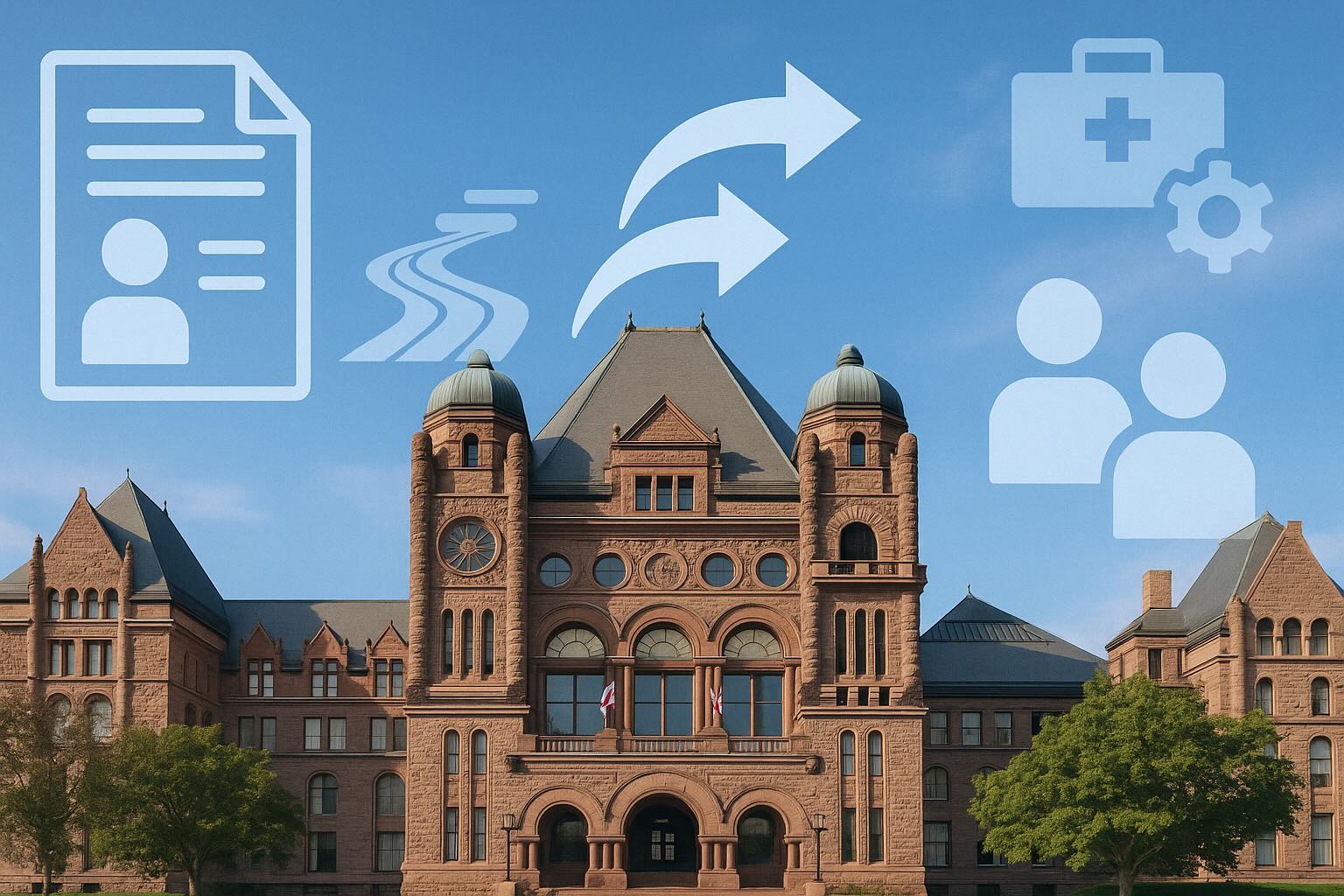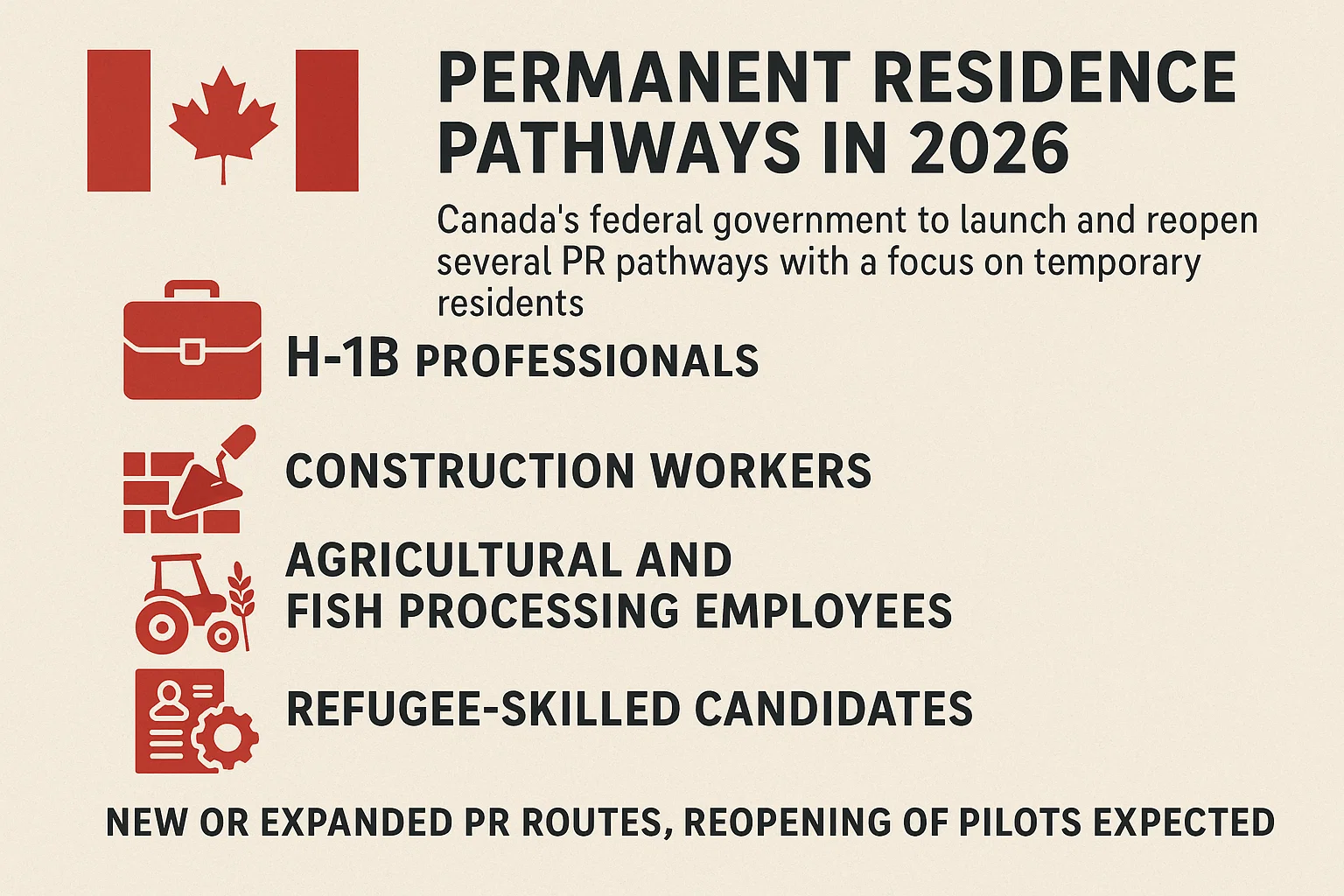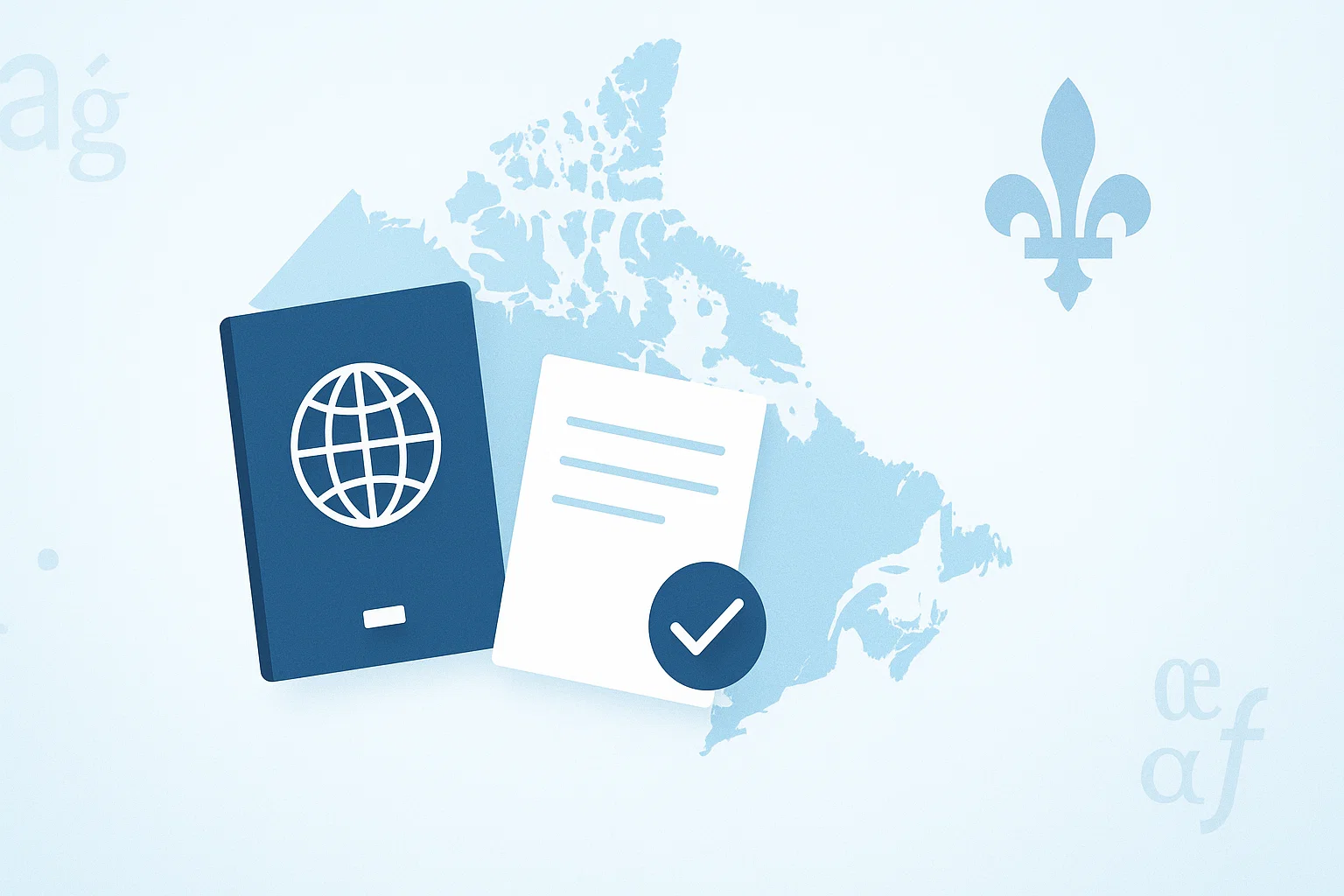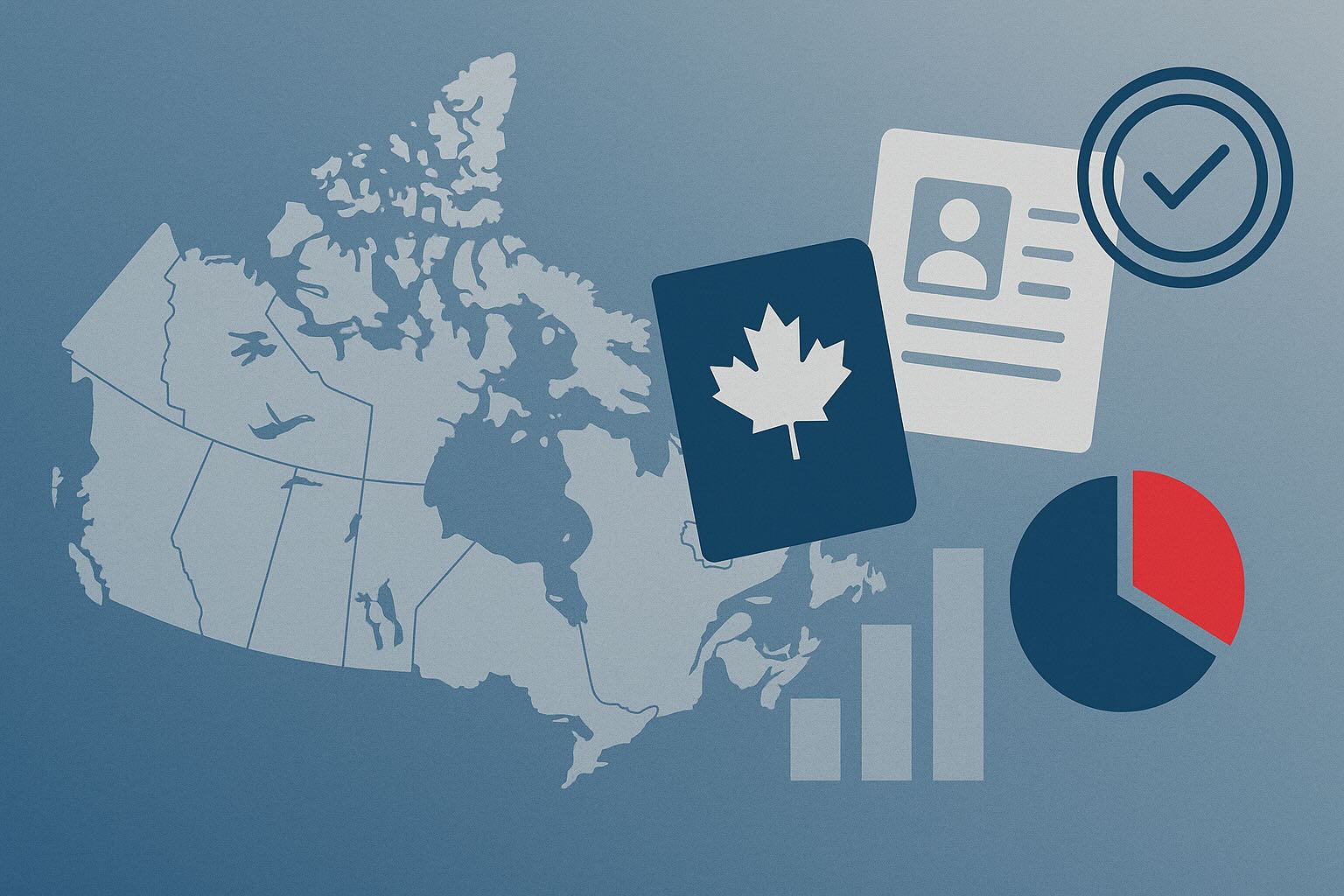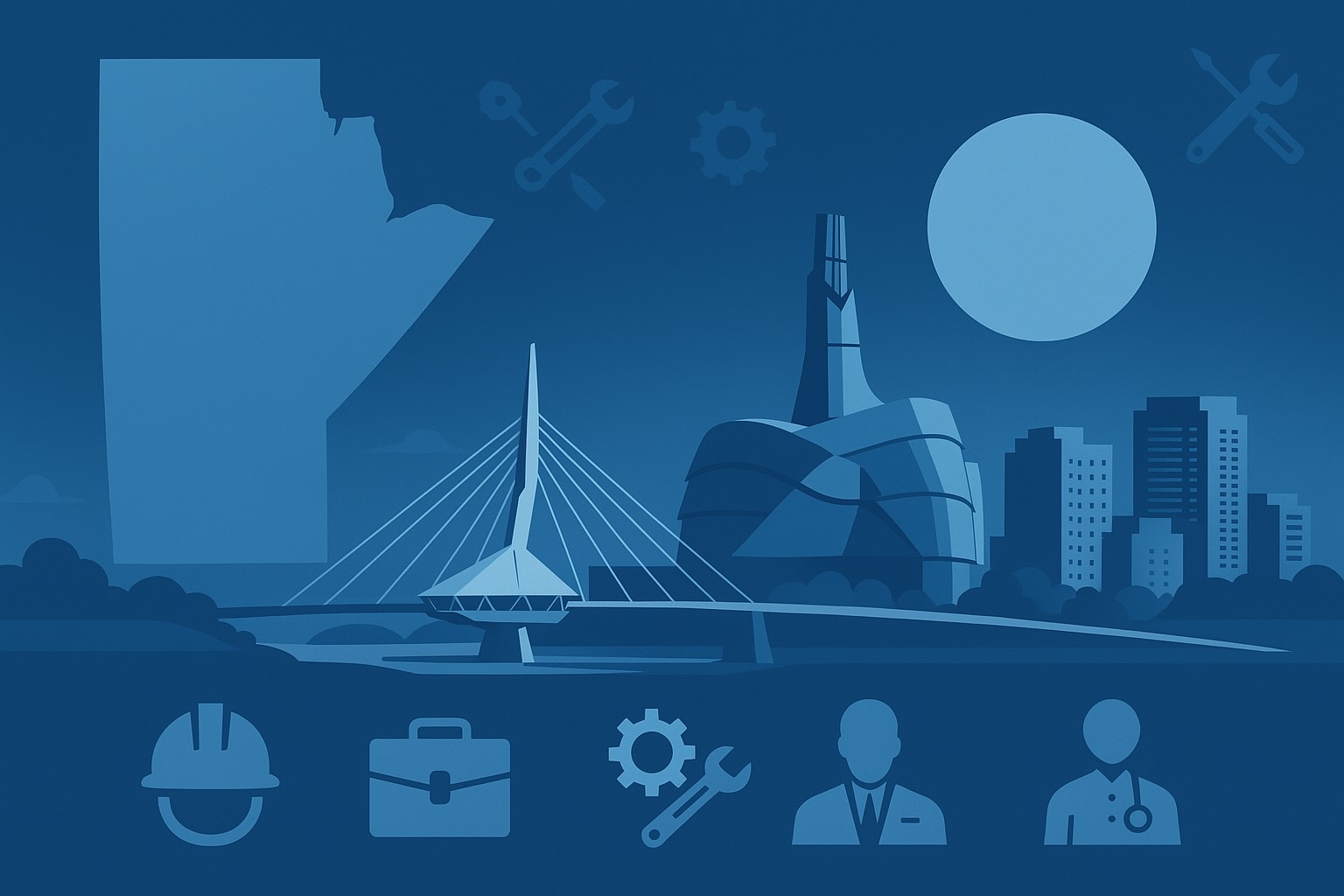Immigration, Refugees and Citizenship Canada (IRCC) has set the tone for the next two years of immigration policy with the release of its 2025-2026 Departmental Plan on June 20. The plan details a series of strategic initiatives aimed at reshaping Canada's immigration landscape, on one hand opening new pathways for skilled refugees and workers in specific sectors, and on the other, continuing to tighten overall limits and eligibility requirements for temporary residents.
New Opportunities: Planning for New Immigration and Work Pathways
According to the plan, IRCC intends to transform the existing Economic Mobility Pathways Pilot (EMPP) into a permanent, official immigration program by the end of 2025. This means more eligible, skilled refugees will have the opportunity to apply directly for permanent residence in Canada through this pathway.
Furthermore, to address labour shortages in specific industries, IRCC is moving forward with creating a new foreign labour stream and a dedicated work permit for the agriculture and fish processing sectors. The department will also explore a new potential pathway to permanent residence for refugee students in Canada.
On the technology front, IRCC is collaborating with Stanford University to test a new algorithm called "GeoMatch," designed to help Express Entry candidates better choose their settlement locations and promote a more balanced distribution of new immigrants across the country. Service modernization is also a key focus, with IRCC planning to roll out a new, personalized online account system for all clients and expand online passport renewal services during the 2025-2026 period.
Policy Tightening: Strict Controls on Temporary Resident Levels
Running parallel to the creation of new pathways are adjustments and restrictions to existing policies. This continues the policy direction from 2024, aimed at addressing the significant pressure on Canada's infrastructure, particularly housing and public services.
The plan outlines several key restrictive measures:
- Post-Graduation Work Permit (PGWP): A framework will be established to update the field of study requirements for PGWP eligibility, which could affect the eligibility of graduates from certain programs in the future.
- Spousal Open Work Permit (SOWP): Eligibility requirements for SOWPs issued to the spouses of foreign workers and international students will be changed.
- Temporary Resident Cap: The goal of reducing the total temporary resident population to 5% of Canada’s population is reaffirmed.
- Permanent Resident Cap: The policy of limiting annual permanent resident admissions to no more than 1% of Canada's population will be maintained.
- Study Permits: The intake cap on study permit applications will remain in place.
- Labour Market Impact Assessment (LMIA): The number of LMIA-based work permits issued will be significantly reduced. Under the Temporary Foreign Worker Program (TFWP), the annual target is set at 80,000 – 84,000 permits, a sharp decrease from 184,000 in 2023.
Policy Continuity and Priorities
The plan also reaffirms several ongoing policy priorities:
- In-Canada Applicants Prioritized: IRCC will continue to prioritize temporary residents already in Canada for permanent residence, with a target of having at least 40% of PR admissions come from this cohort. Provinces are also mandated to allocate 75% of their Provincial Nominee Program (PNP) nominations to candidates already in Canada.
- Express Entry Category-Based Selection: Invitations will continue to prioritize workers in healthcare, skilled trades, and education, as well as French-speaking candidates. Data from the first half of 2025 supports this trend, with invitations for French-language proficiency (18,500) and the Canadian Experience Class (15,850) dominating the 23 draws held so far.
- Francophone Immigration: The target to increase the proportion of French-speaking new permanent residents settling outside Quebec to 8.5% is maintained.
- Family Reunification: Processing of family sponsorship applications for members outside Canada will be expedited.
- Newcomer Integration: Funding for settlement services will be increased to improve the economic and social integration of new permanent residents.
Targets and Challenges
IRCC has set ambitious service goals for itself, including processing at least 80% of all application types within its service standards and achieving a 90% client satisfaction rate.
However, the department faces challenges in securing public support. The plan sets a target that "at the end of each fiscal year, at least 65% of Canadians will support current immigration levels." For the 2023-2024 fiscal year, this support level was only 50%, down significantly from 67% in 2021-2022.
In terms of economic contribution, IRCC aims to ensure that visitors and international students contribute at least $36 billion to Canada's economy annually.
Overall, IRCC's 2025-2026 Departmental Plan paints a picture of a more targeted, goal-oriented immigration management framework. Canada is attempting to strike a more cautious balance between welcoming global talent and ensuring the sustainable development of its society. For future immigrants and international students, the new policies present both opportunities and challenges, with pathways becoming more specific and eligibility thresholds potentially rising.

